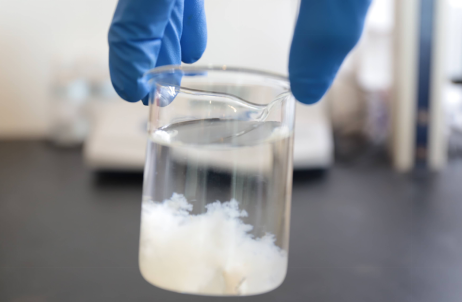Due to the low solubility of certain solids in water, when one or several of these solids are present in large quantities in an aqueous solution and are agitated by hydraulic or external forces, they can exist in a state of emulsification within the water, forming an emulsion. Theoretically, such a system is unstable. However, in the presence of surfactants (such as soil particles), the emulsification becomes severe, making it even difficult for the two phases to separate. This is most typically observed in oil-water mixtures during oil-water separation and in water-oil mixtures in wastewater treatment, where relatively stable water-in-oil or oil-in-water structures form between the two phases. The theoretical basis for this phenomenon is the “double-layer structure.”
In such cases, certain chemical agents are introduced to disrupt the stable double-layer structure and destabilize the emulsified system, thereby achieving the separation of the two phases. These agents, used specifically to break emulsions, are called demulsifiers.
A demulsifier is a surface-active substance that disrupts the structure of an emulsified liquid, thereby separating the various phases within the emulsion. Crude oil demulsification refers to the process of using demulsifiers’ chemical action to separate oil and water from an emulsified oil-water mixture, achieving the dehydration of crude oil to meet the required water content standards for transportation.
An effective and straightforward method for separating organic and aqueous phases is the use of demulsifiers to eliminate emulsification and disrupt the formation of a sufficiently strong emulsification interface, thus achieving phase separation. However, different demulsifiers vary in their ability to demulsify organic phases, and their performance directly impacts the efficiency of phase separation.
In the production of penicillin, a critical step involves extracting penicillin from the fermentation broth using an organic solvent (such as butyl acetate). Due to the presence of complex substances in the fermentation broth—such as proteins, sugars, and mycelia—the interface between the organic and aqueous phases becomes unclear, forming a region of moderate emulsification, which significantly affects the yield of the final product. To address this, demulsifiers must be employed to break the emulsion, eliminate the emulsified state, and achieve rapid and effective phase separation.

Post time: Oct-24-2025

